Demand-Side Platform as an automatic purchasing tool
There are more and more advertising platforms and it is no longer possible to compare them manually, especially in several parameters at once. DSP simplifies the process of buying and selling advertising inventory on the Internet and allows you to work simultaneously with several advertising networks and formats.
What benefits does DSP have? What is it and how to apply in your strategy? Let’s discuss that in the article.
Demand-Side Platform (DSP) is a tool (software) that enables automatic purchasing of inventory using AI algorithms.
There are two DSP types:
- Full-service that lets you manage your ad campaigns through an account manager and sales representative. Advertisers have to commit to a minimum budget for every campaign when using a full-service DSP.
- Self-service that allows advertisers to add, manage, and analyze ad campaigns without external assistance.
The core DSP functions include:
- RTB auctions determine prices for ad impressions.
- Premium Inventory Access – extended integrations such as mobile inventory further increase reach. For instance, in Regnum Carya case study we used desktop, mobile web and in-app traffic. So we got 28 millions of impressions, 13 000 clicks, while the average session duration was 01:33
- Audience targeting and selection of the most relevant audience. For example, for auto car brand “Volkswagen” we applied special Hybrid Segments based on behavioral targeting. As a result, we reached 0.58% conversion rate and 100% viewability.
- Campaigns and budget management through the single interface. Below there is an example of Hybrid Platform interface.
- Advanced Targeting Options – the targeting capabilities let you reach your ideal audience while ensuring your budget is spent efficiently. You can learn more information about targeting here.
- Budgeting Strategies – to ensure that your budget lasts throughout the campaign duration, DSPs enable advanced budgeting options such as daily budget, campaign pacing, and a lifetime budget.
There several types of budget distribution:
- standard
- accelerated
There are also several options for setting daily limits:
- by budget
- by impressions
- by clicks
- by view
- by custom banner event
Moreover, it is possible to set the limit for the entire period of the campaign.
- Analytics allows brands and advertisers to measure campaign performance in real time. For more detailed analytics, it’s necessary to install our SmartPixel and button codes. Using this link inside the Hybrid Console, it will be possible to track post-click and post-view conversions in real time and optimize based on this data.
Let’s look how DSP works:
- The customer buys an advertising place in a real-time auction.
- While users are loading the pages of the websites they are interested in, the RTB system instantly conducts bidding between auction participants for displaying ads.
- The DSP determines the price per impression and makes a bid. Then, the advertiser who wins the auction acquires the right to display his ad.
- DSPs use cookies to analyze user behavior, which allows advertisers to launch accurate targeting.
- The client gets the results of the analysis and selects the audience that needs to be attracted, and then decides what price per impression is appropriate and how much they are willing to pay for the impression.
The DSP architecture is unique as it has combined the features of advertising exchanges of the previous generation and brought a lot of new things to the advertising industry:
- DSP can integrate with Ad Exchanges, payment gateways, DMPs, analytics platforms and brand safety tools.
- The bidder evaluates the ad inventory offered by the SSP and places the right bid amount during RTB auctions.
- The ad server decides and serves the ad creative to the publisher’s website and tracks the conversion data.
- Tracker tracks campaign performance and reports metrics such as the win rate, impressions, clicks, cost per impressions, CTR, etc.
- The User Interface allows advertisers to create and manage ad campaigns and view campaign performance among other functionalities.
- Data Marketplace stores user details such as their characteristics, the segments they’re part of, ads they’ve viewed, their conversion data, and so on.
- Reporting Database consolidates the campaign performance data collected by the tracker.
- The media buyer makes sure that the campaign expenditure doesn’t exceed the campaign budget.
Summing up, the DSP goal is to buy impressions for relevant users as cheaply as possible.
The DSP platform collects, analyzes and optimizes all the necessary information in real time, shows ads to the relevant audience, provides analytics to advertisers and reduces time costs. As using DSP, there is no necessity to involve a large number of people in the process.
The automated platform guarantees transaction transparency: the client knows under what conditions the ad was displayed, what information DSP used for targeting, and what results the ad brought. Let’s contact Hybrid team for more details



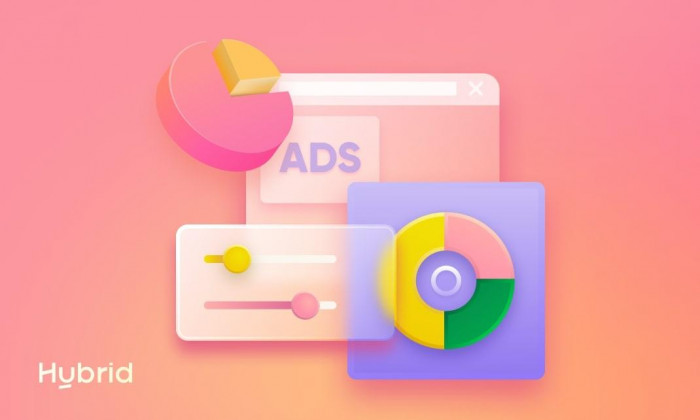

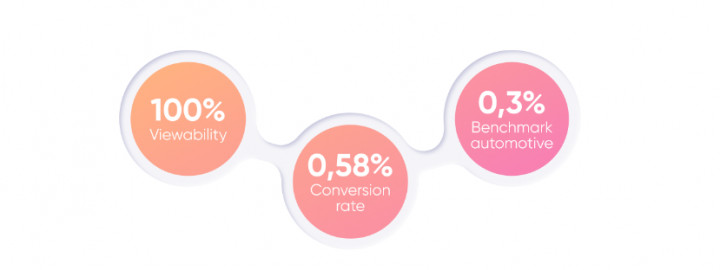








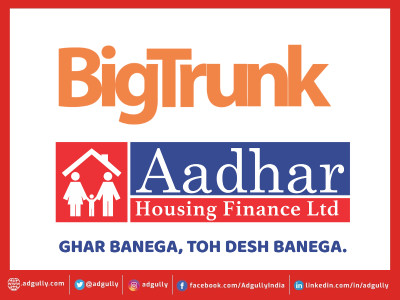

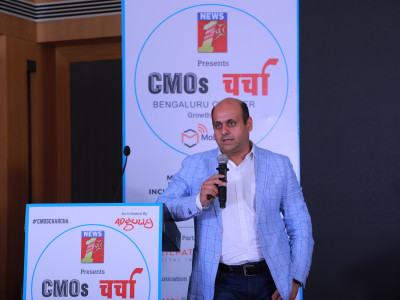
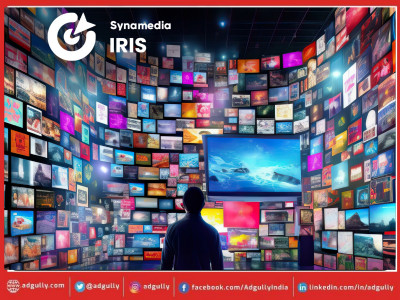





Share
Facebook
YouTube
Tweet
Twitter
LinkedIn